Yes, you can plug your EV into a regular outlet. Charging an electric vehicle (EV) from a household outlet (i.e. Level 1 charging) is a convenient and straightforward method, but it's also slower. In this article, we'll explore what Level 1 charging is, the feasibility of charging from a regular outlet, and specific requirements, and introduce faster-charging alternatives for those who need them.
What Is Level 1 Charging?
Level 1 charging refers to the use of a standard 120-volt outlet, which is the typical household outlet found in most homes. This method is the most basic charging system for electric vehicles, requiring no additional equipment other than the charging cord that comes with the vehicle.

It's a convenient option because it doesn't require any special installation, allowing EV owners to charge their vehicles at home using existing infrastructure. An EV home charger at this level is ideal for overnight charging, providing a straightforward solution for daily use without the need for complex upgrades.
What Are the Requirements for Charging an Electric Car with a Regular Outlet?
Charging an electric car with a regular outlet, typically a 120-volt household outlet, is feasible but requires consideration of several important factors to ensure safety and effectiveness. Here’s what you need to know:
-
Dedicated Circuit: Use a dedicated circuit for charging electric vehicles (EVs). This means that outlets should not be shared with other large appliances or devices that could overload the circuit. Overloading can cause circuit breakers to trip and, in the worst-case scenario, cause a fire.
-
Outlet Condition: Receptacles should be relatively new, in good condition, and in compliance with current electrical codes. Older outlets or those that show any signs of wear, damage, or frequent tripping should be replaced or inspected by a professional.
-
Circuit Rating: The outlet should ideally be rated for continuous load. Most home outlets are either 15 or 20 amps, but it’s important that they can handle continuous usage at high capacity for several hours without overheating.
-
Ground Fault Circuit Interrupter (GFCI): For added safety, ensure that the outlet is equipped with a GFCI, which helps protect against electrical shocks and fires by shutting off the circuit if there is an imbalance in the electrical current.
-
Proximity to the Vehicle: The outlet should be easily accessible and close enough to where you park your vehicle. The use of extension cords for EV charging is not recommended as they can create safety risks like tripping hazards or the potential for overheating.
-
Weather Protection: If the outlet is located outdoors, it should be weatherproofed and designed to handle exposure to the elements to prevent deterioration and ensure safety.
-
Professional Inspection: Before regularly using a regular outlet for EV charging, it's advisable to have a qualified electrician inspect your home’s electrical system. This ensures that your system can safely handle the extra load and may help identify necessary upgrades or adjustments.
Adhering to these requirements not only ensures the safety and longevity of your vehicle’s charging system but also protects your home’s electrical infrastructure. While charging with a regular outlet is convenient, it's important to consider these factors to maintain a safe and efficient charging environment.
How Long Does It Take to Charge an Electric Car Using a Regular Outlet?
The time it takes to fully charge an EV using a regular outlet can vary significantly based on the car's battery size and state of charge. On average, a regular outlet delivers about 1.4 kilowatts of power. Given this rate, you can expect to add about 4 to 5 miles per hour of charging.
For a typical electric car with a 40-kilowatt-hour battery, which might offer around 150 miles of driving range, charging from completely empty to full could take roughly 20 to 24 hours. Therefore, if the battery is completely depleted, it would require an extensive amount of time to recharge fully using just a regular outlet.
For many electric vehicle owners, using a regular outlet may be appropriate for charging the battery at night or on short trips. This method is not practical if you want to fill the battery quickly, so many EV owners will consider installing a 240-volt Level 2 charging station at home to speed up charging.
What Are the Pros and Cons of Using a Regular Outlet for Charging?
Using a regular outlet, also known as Level 1 charging, to power an electric vehicle (EV) comes with a set of advantages and disadvantages. Here’s a breakdown of the pros and cons:
Pros
-
Convenience: The most significant advantage is convenience. Almost every home has multiple standard 120-volt outlets, so there's no need for additional installations or equipment, aside from the charging cable that comes with the vehicle.
-
Cost-Effective: Charging at home with a regular outlet doesn't require any upfront investment in special charging equipment or electrical upgrades, making it a cost-effective option for many users.
-
Ideal for Overnight Charging: Level 1 charging is slow but can be perfectly adequate for overnight charging. This is often sufficient for daily commuting, especially if the daily mileage is relatively low.
Cons
-
Slow Charging Speed: The main drawback is the slow charging speed. A regular outlet typically provides about 4-5 miles per hour of charging, which means it can take from 15 to over 20 hours to fully charge a typical electric car battery. This is not practical for quick boosts or for EVs with larger battery capacities.
-
Higher Electricity Costs in the Long Run: While the setup is cheaper, charging at a slow rate can be less efficient and potentially more costly in terms of electricity use, especially if the charging stretches into peak utility rate hours.
-
Potential Safety Concerns: Regular outlets are not specifically designed for high loads over prolonged periods. There's a risk of overheating and wear on the home’s electrical wiring if not properly checked and managed, which could pose a fire hazard.
-
Limited Usability: For those who use their EV extensively or need a quick turnaround on charging, relying solely on Level 1 charging can be impractical and limiting.
-
Strain on Older Electrical Systems: Homes with older electrical systems may require an inspection and potential upgrades to ensure that they can handle continuous high-power draw without tripping breakers or causing other electrical issues.
In short, it's best suited for those who drive very short distances on a daily basis, or as a supplemental option. Investing in a Level 2 charger is a better option for most EV owners, especially those with long commutes or those who rely heavily on their cars.
Are There Better Alternatives to Charging with a Regular Outlet?
One of the most effective options is installing a Level 2 charger, which can dramatically reduce charging time. For instance, Autel’s Level 2 electric vehicle chargers use a 240-volt power supply, allowing them to provide about 12 to 80 miles of range per hour of charging. This is significantly faster than the standard 120-volt outlet and is perfect for both home and public use.

Autel chargers are designed to be easy to install and versatile enough to meet the higher power requirements of most electric vehicle models. Choosing Autel's Level 2 chargers not only ensures faster charging times but also helps manage power consumption more efficiently, taking advantage of off-peak tariffs and reducing overall charging costs.
Conclusion
While you can charge any electric vehicle using a regular outlet, its slower charging speed must be taken into account. If the vehicle is primarily used for short commutes and can be charged overnight, Level 1 charging will suffice. However, installing a Level 2 charger may be a better option for those who have a more demanding drive or want a quick full charge.

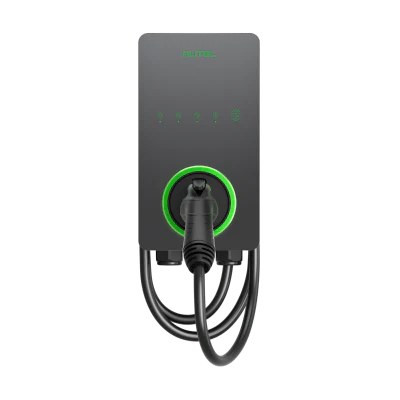
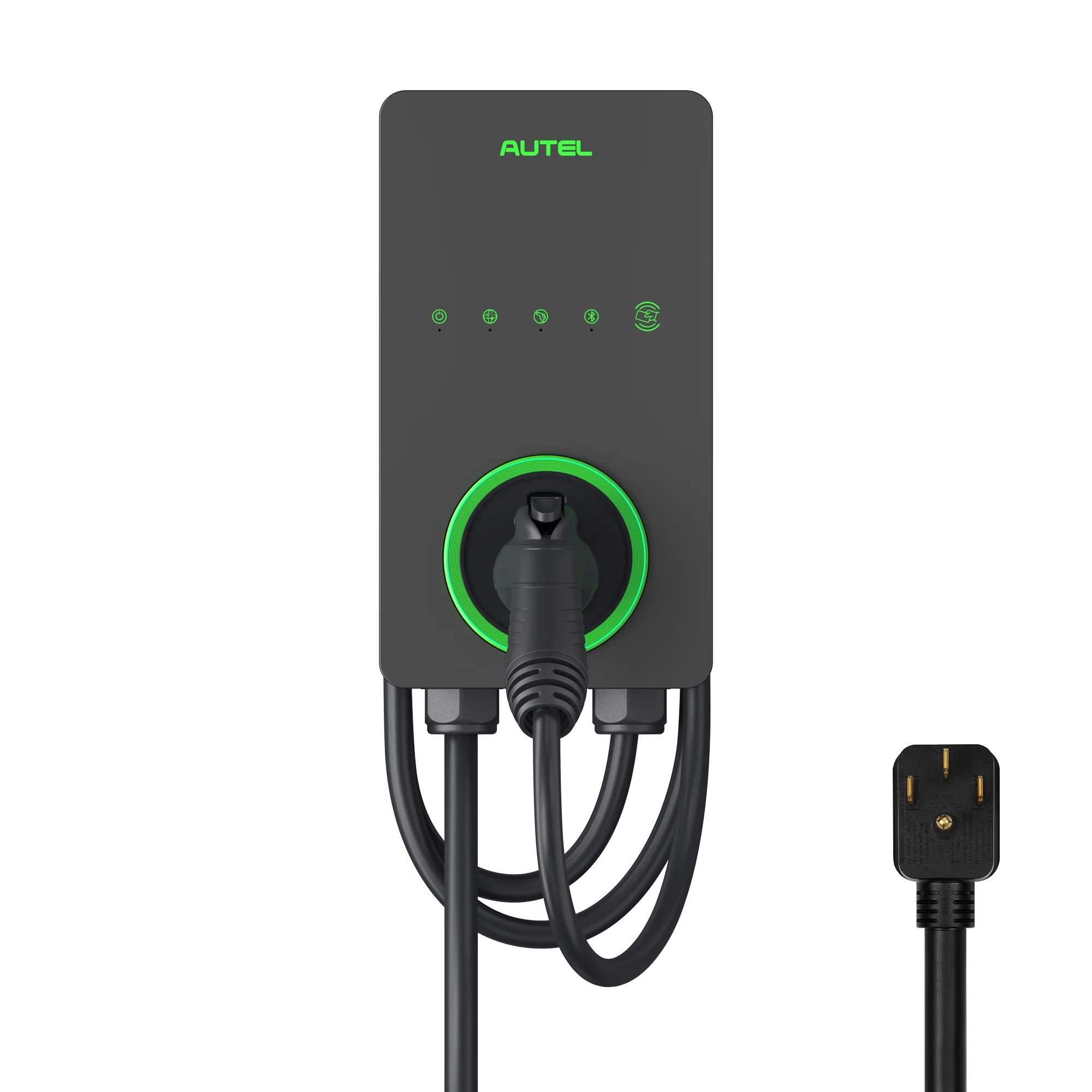
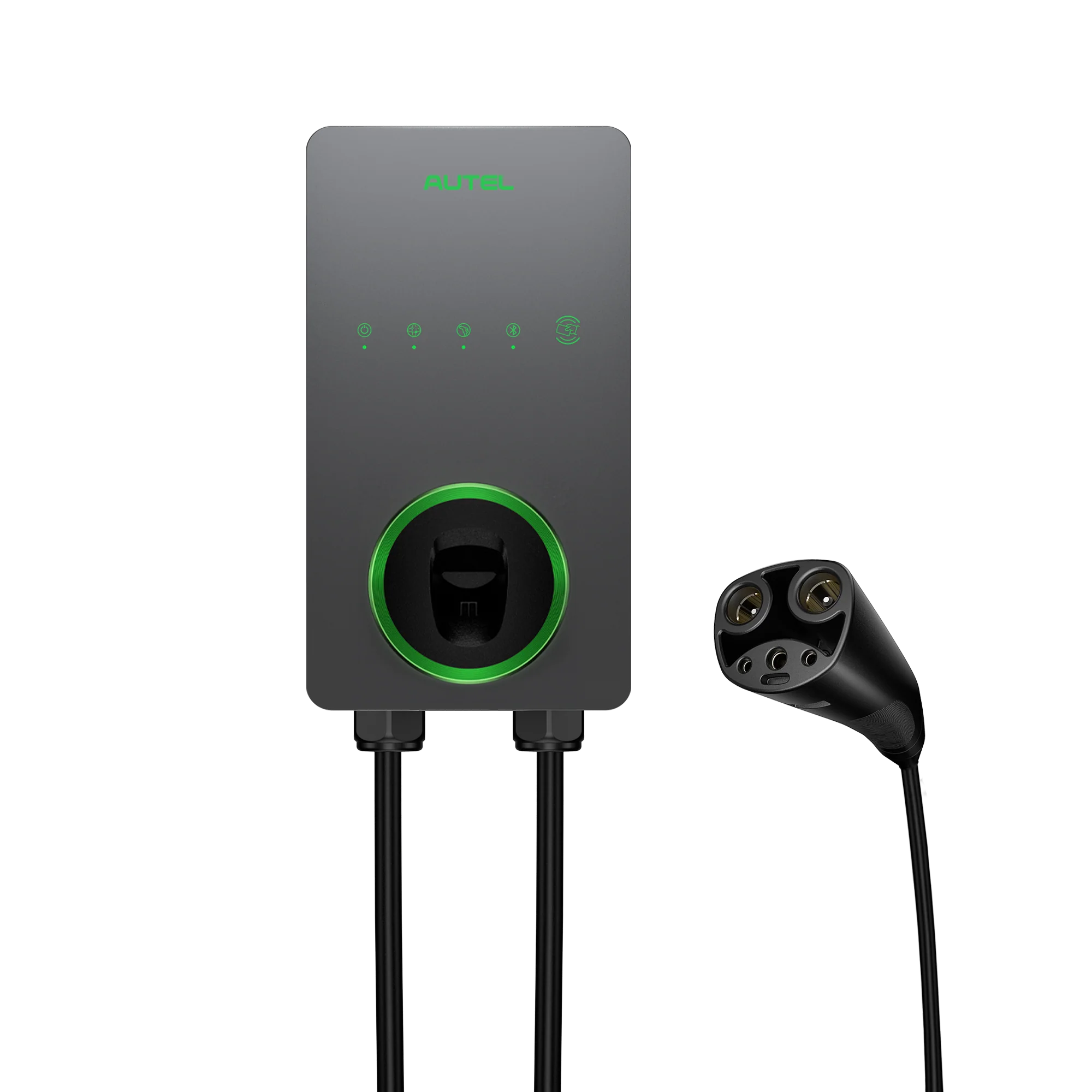
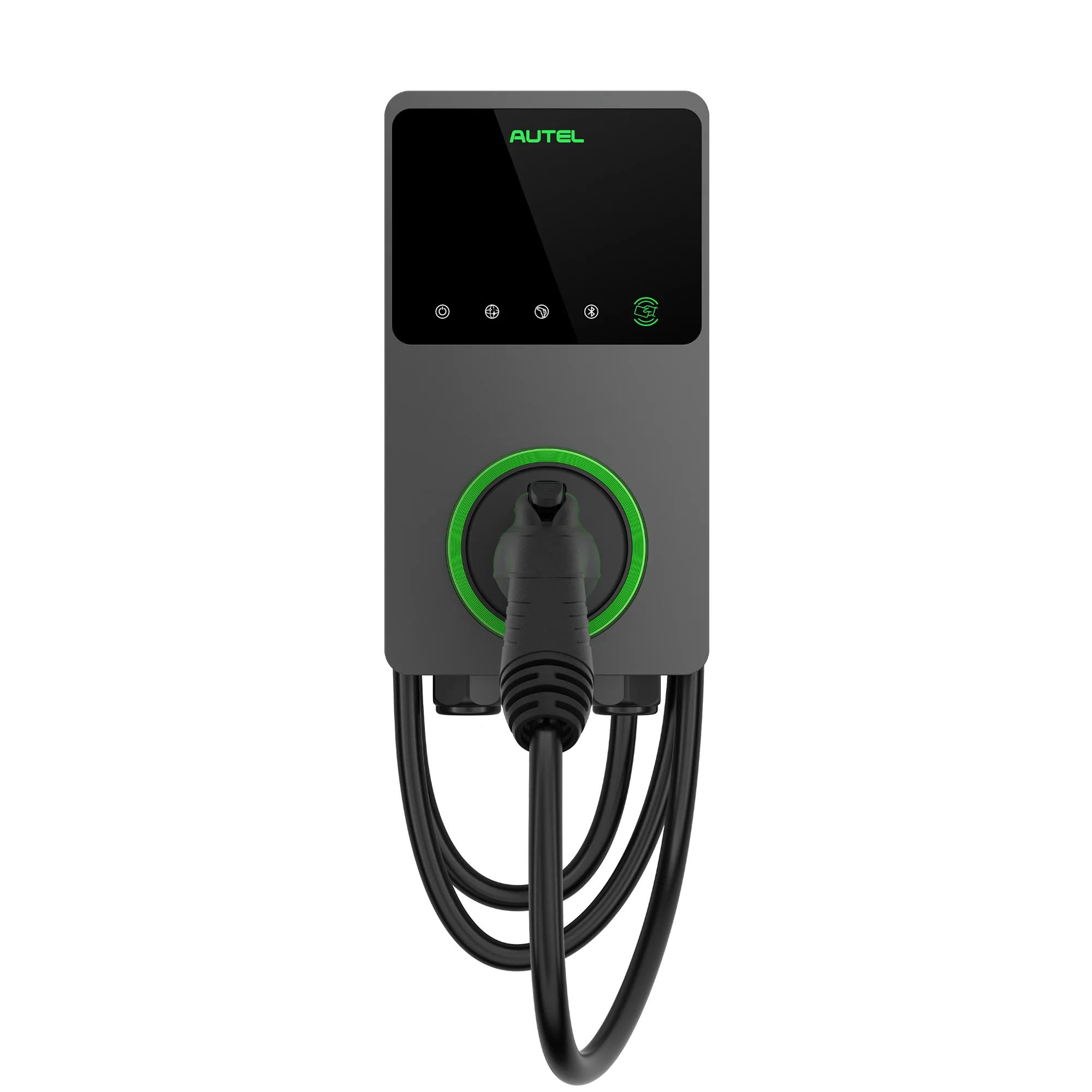
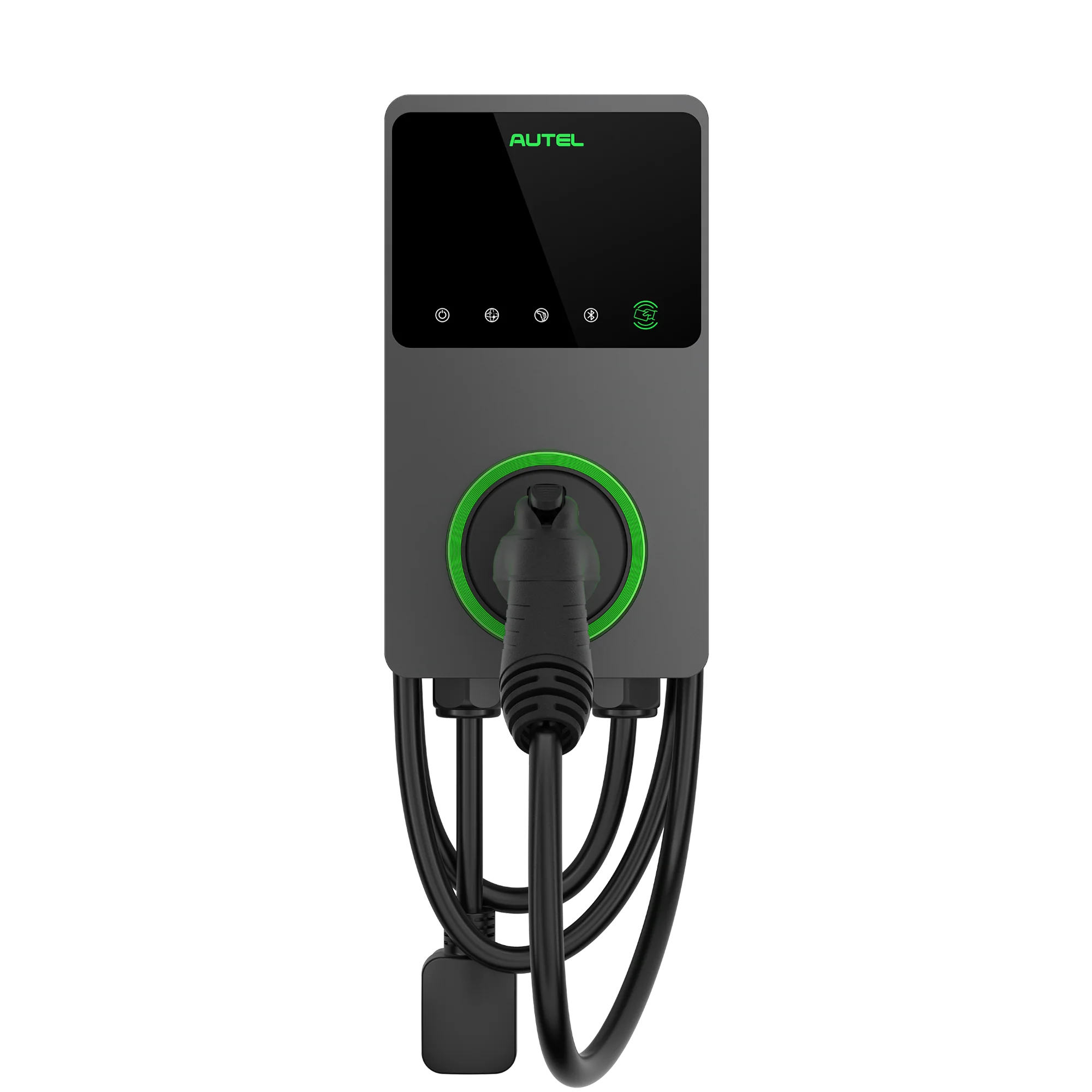

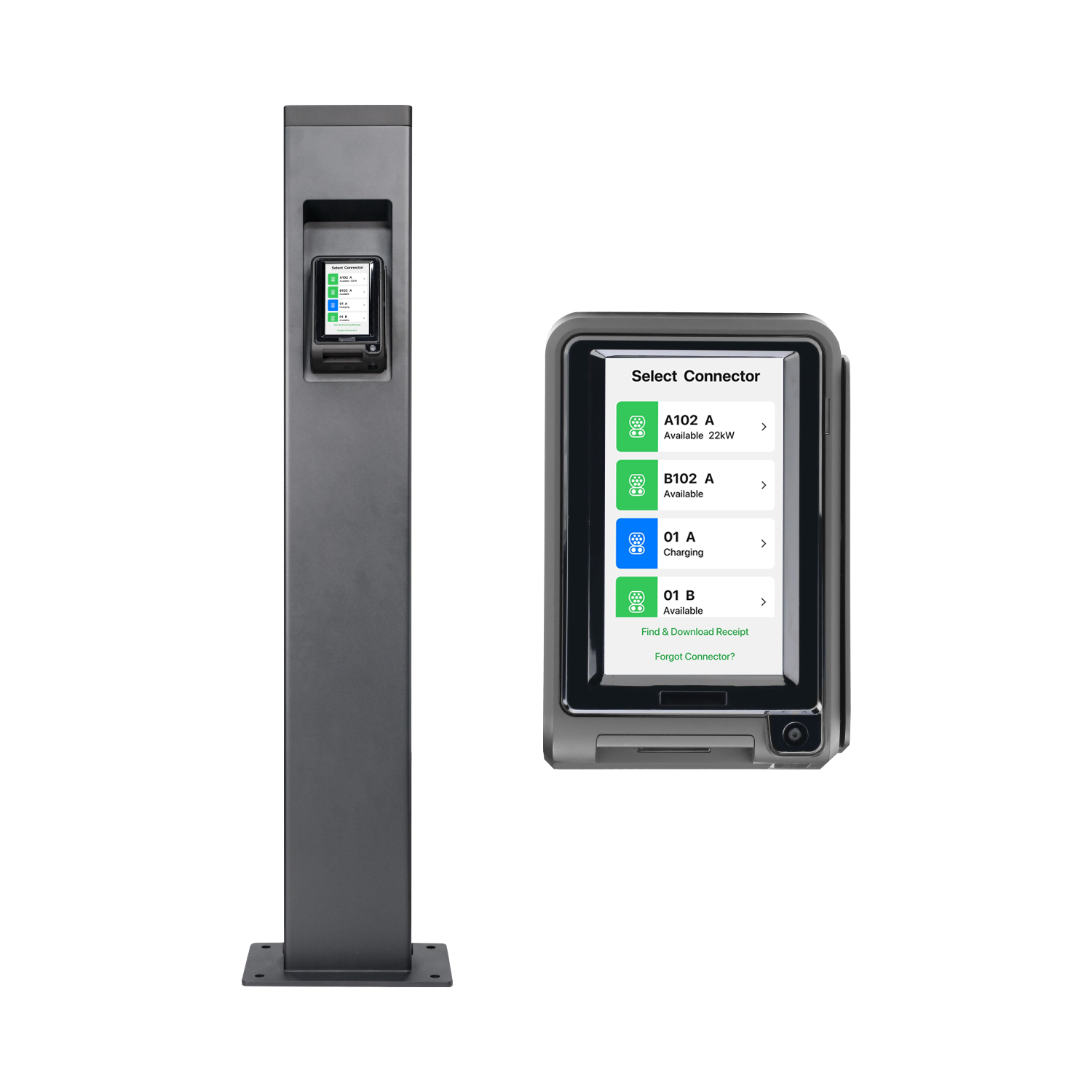
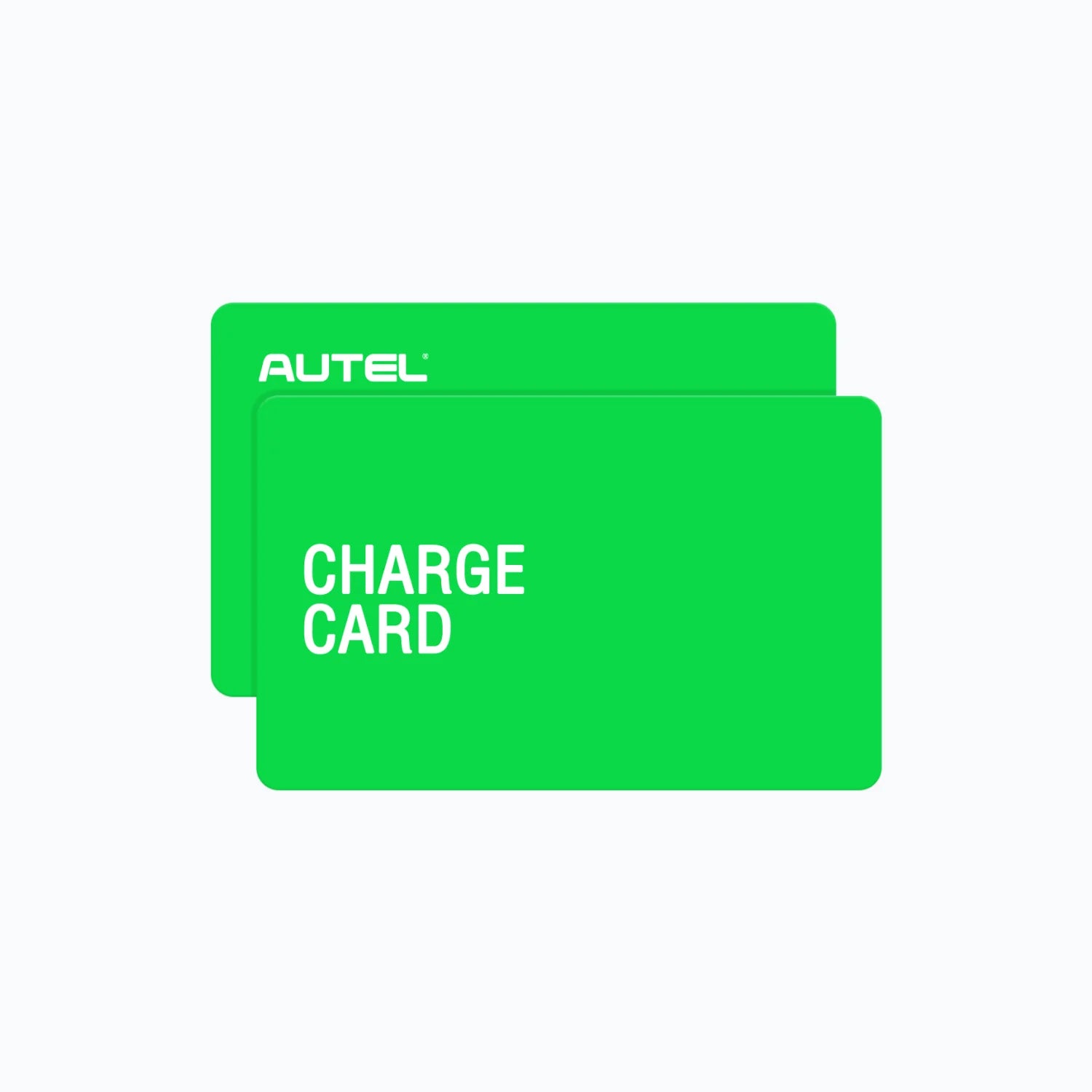
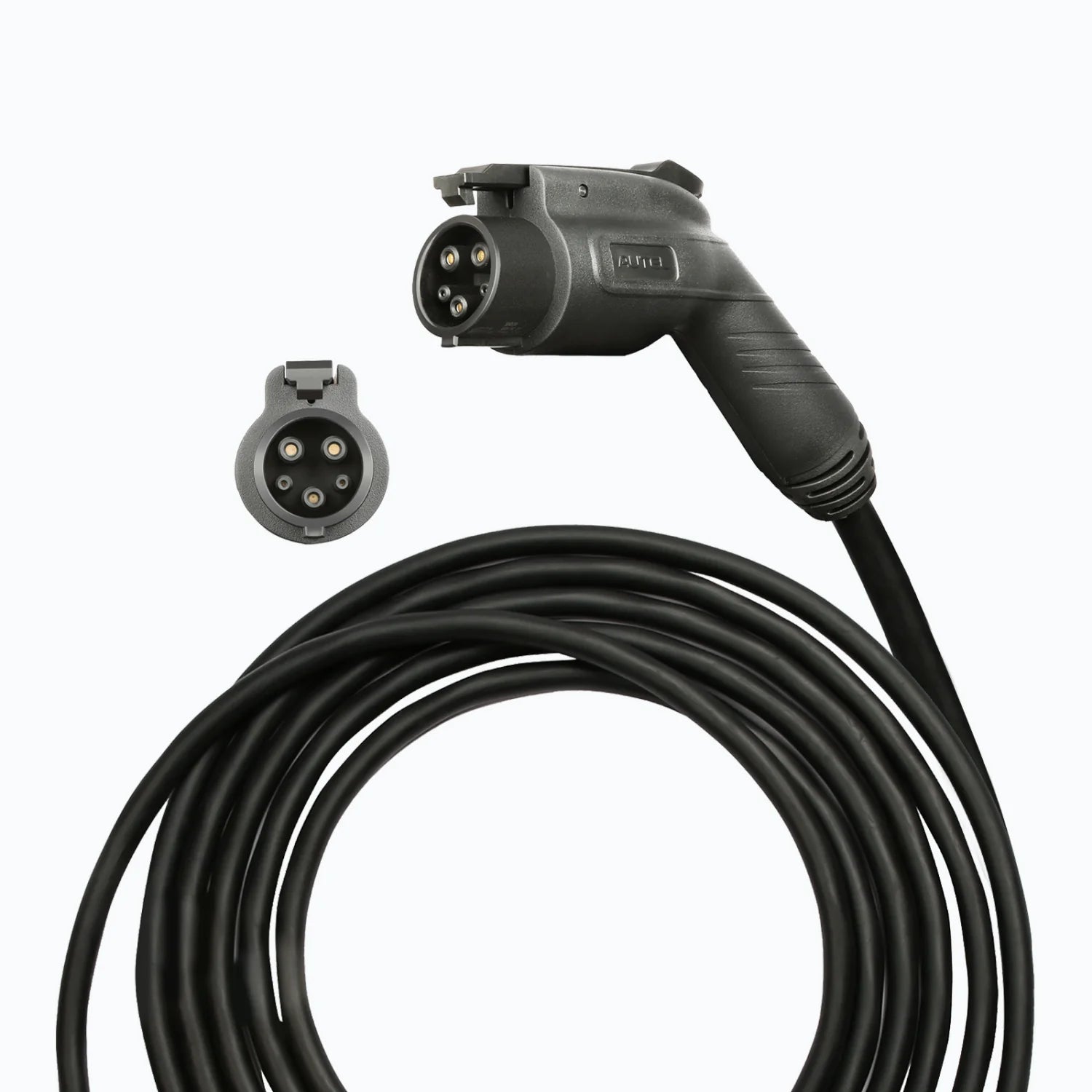
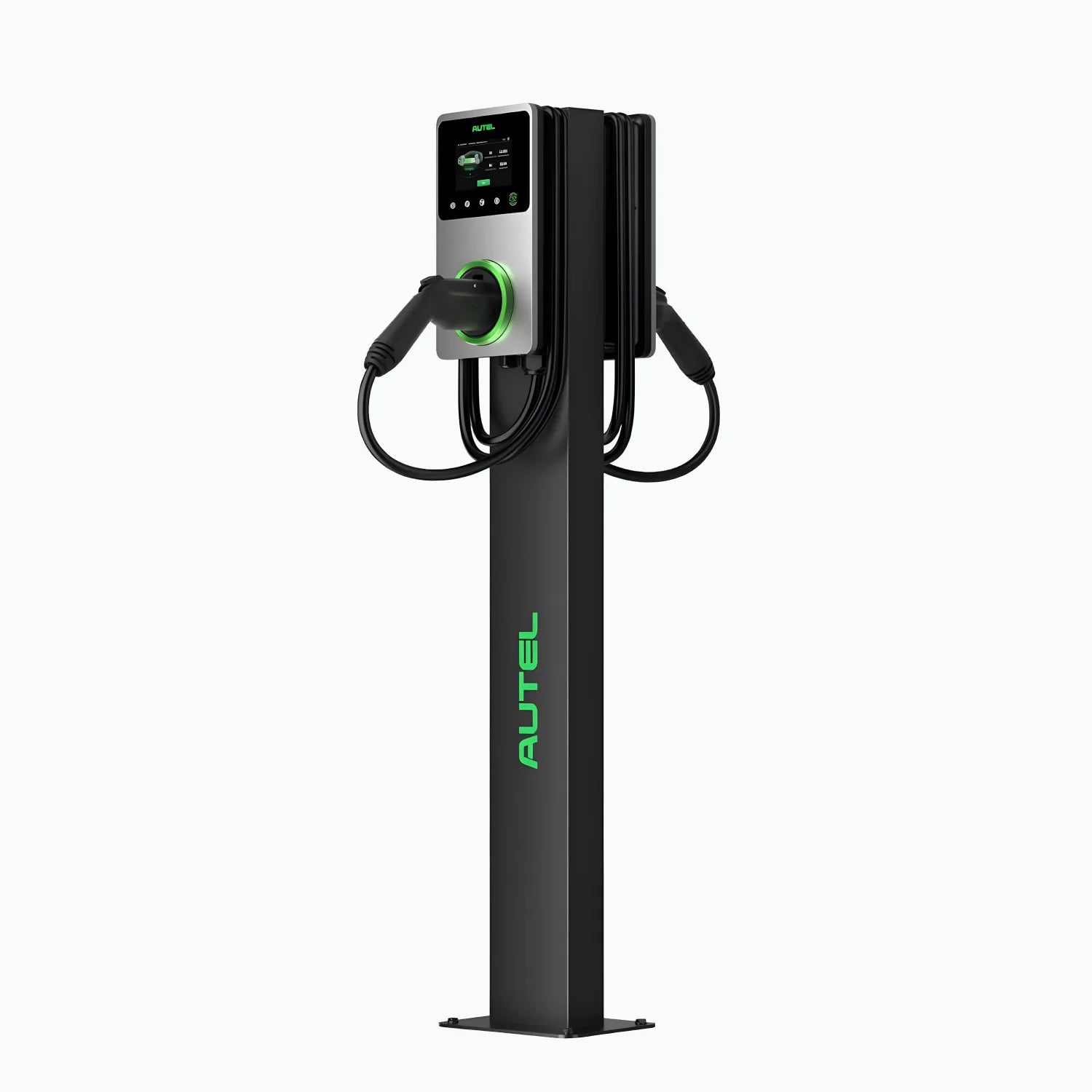
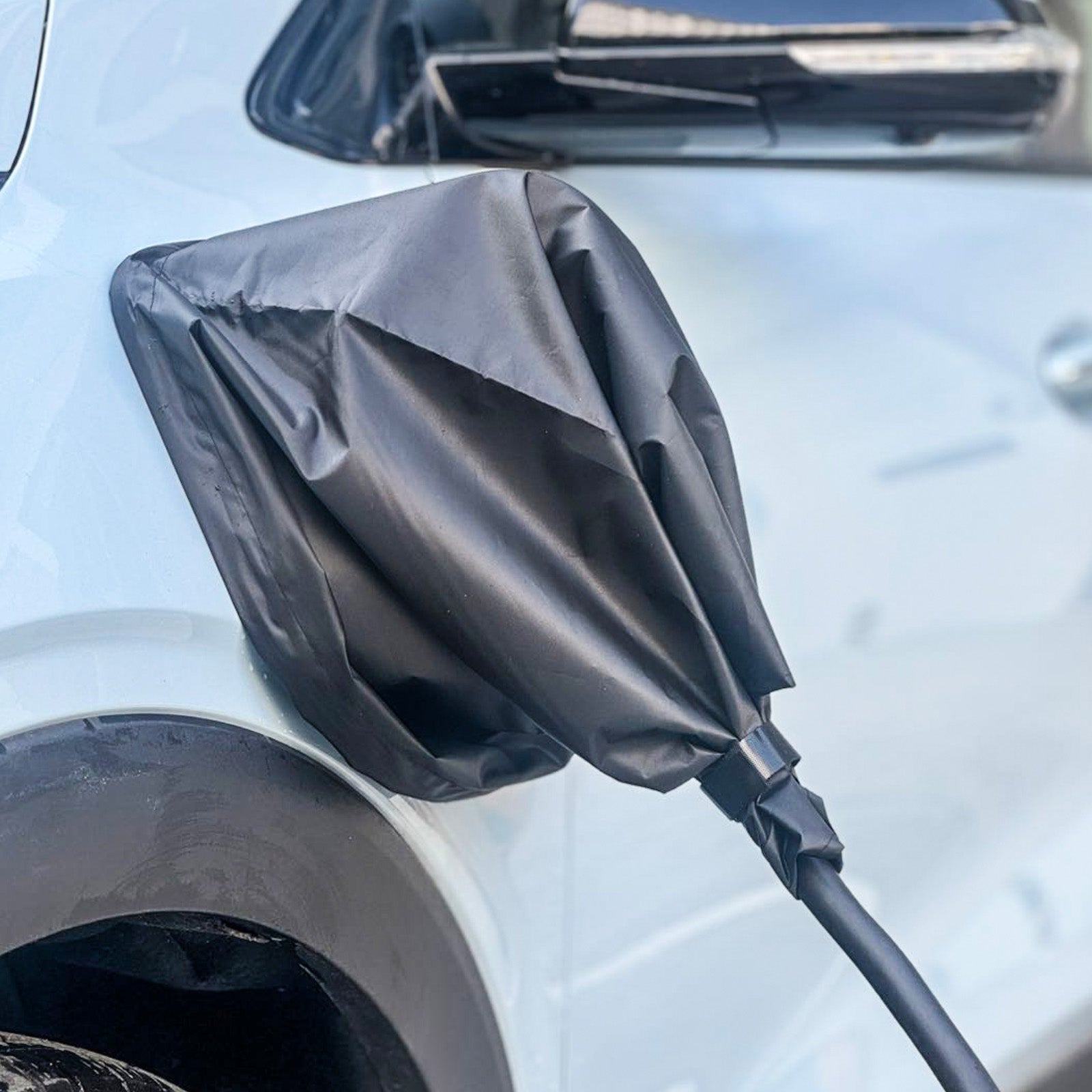
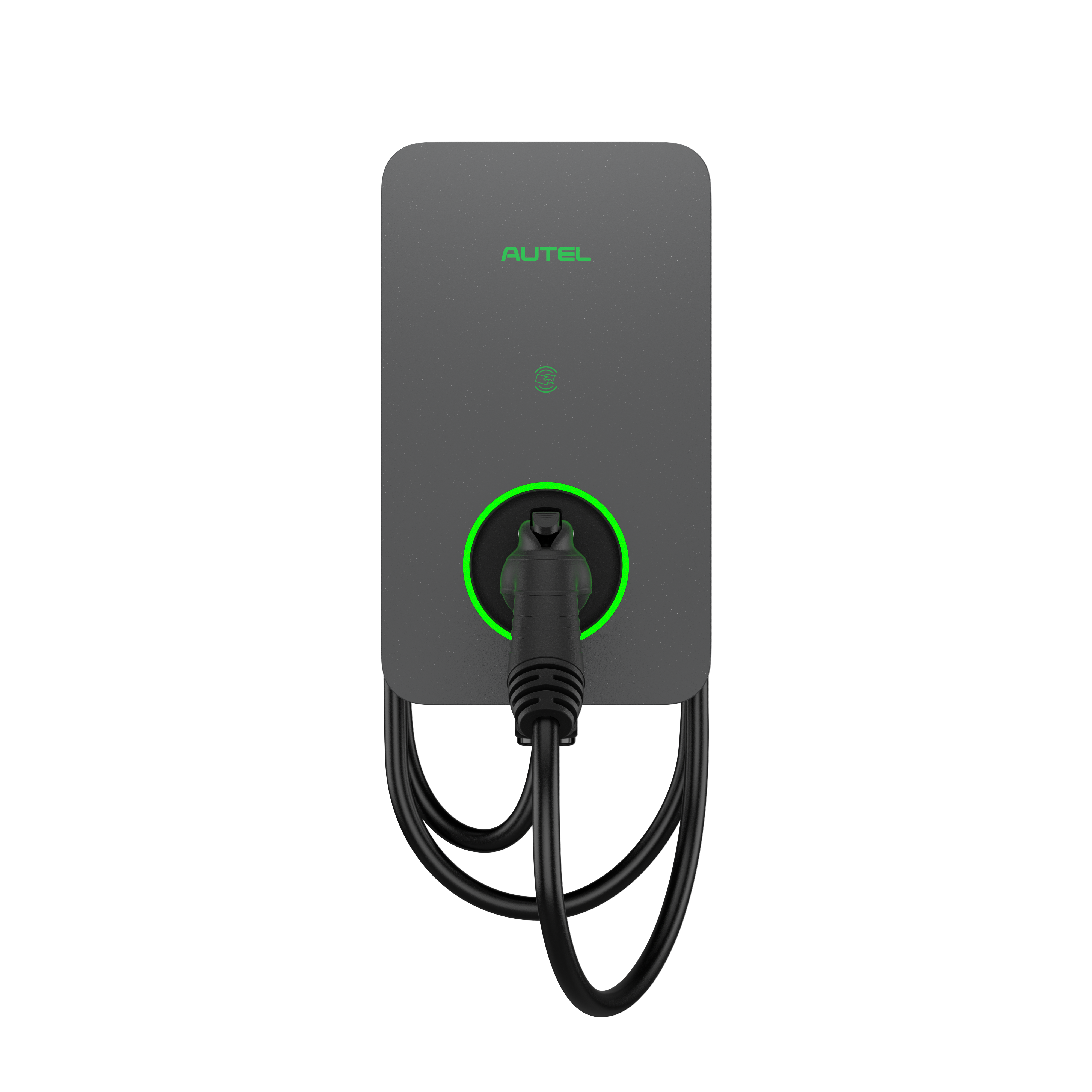

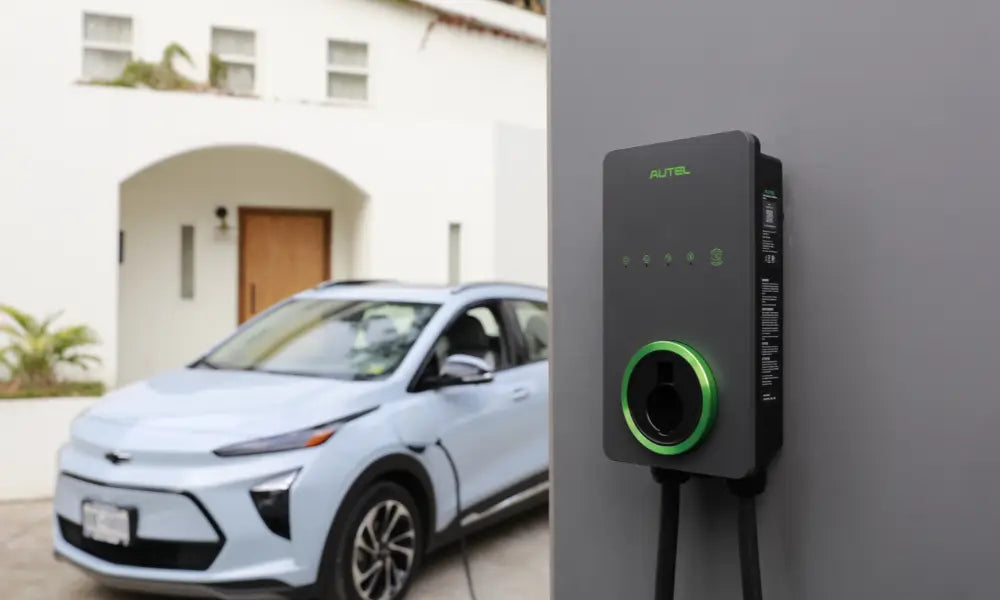
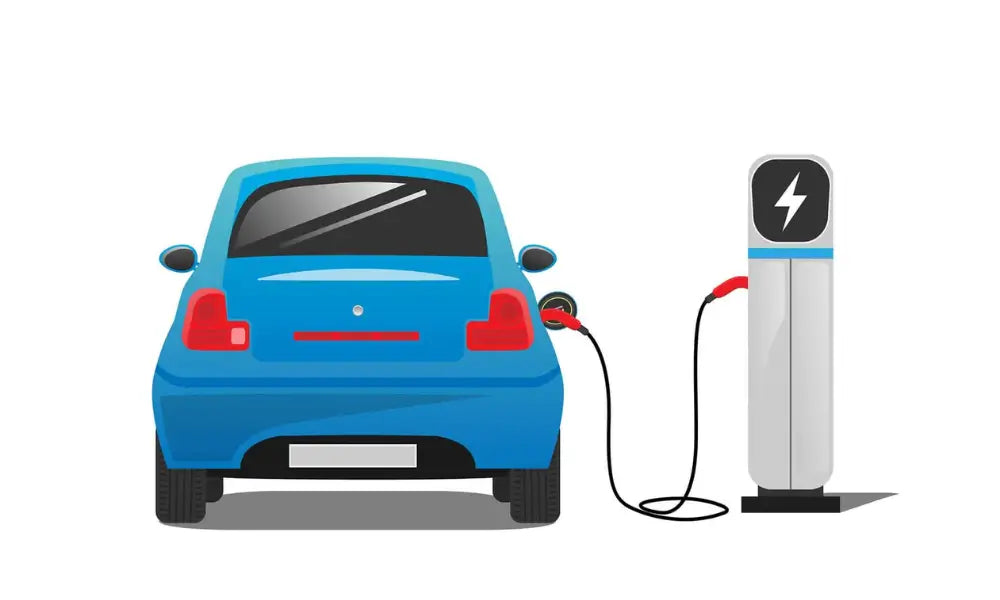
Dejar un comentario
Todos los comentarios se revisan antes de su publicación.
Este sitio está protegido por hCaptcha y se aplican la Política de privacidad de hCaptcha y los Términos del servicio.